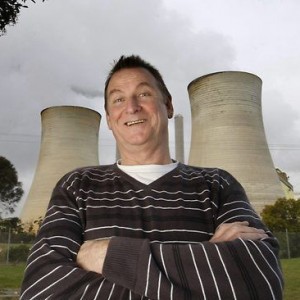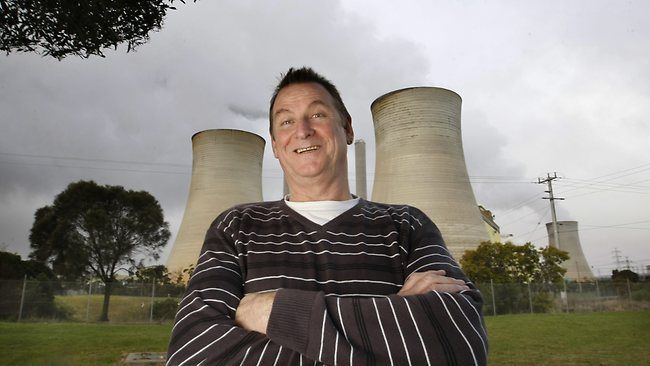The peak body for Australia’s clean energy industry said today’s announcement that part of the coal-fired Yallourn Power Station would be mothballed showed that cleaner sources of power were gradually replacing the country’s highest-polluting power generation.
Clean Energy Council Chief Executive David Green said if Australia was serious about transitioning to a clean energy future, then such shifts in the way electricity was generated were to be expected.
“Six weeks ago renewable energy was wrongly criticised in some quarters for not reducing emissions, and now Australia’s 20 per cent Renewable Energy Target has been criticised for being too effective,” Mr Green said.
“The fact is, the Renewable Energy Target is doing exactly what it is supposed to: aiding Australia’s transition to a cleaner energy system and hunting out the least-cost ways of doing this.
“Not only that, while providing the country with clean energy such as solar, wind, bioenergy and hydro, it has also delivered billions of dollars in investment and thousands of jobs, along with increased protection against the volatile costs of fossil fuels. And it has the potential to deliver much more if kept in place and not tinkered with.”
However, the policy is currently under review by the Climate Change Authority, which is under pressure from some energy companies who want it scaled back in order to maintain their dominance of the market.
“People are using less fossil-fuelled electricity because of the increased contribution of large-scale clean energy such as wind, rising power prices, mild weather and better energy efficiency at home as well as through technologies like solar power. Contrary to the predictions of some doomsayers, the lights are still on and our energy sources are still secure.
“It’s not surprising the impact of all this is being felt by some of the big fossil-fuelled power generators.
“But it is too early to say whether any forecast reduction in demand for energy will be a long-term trend or whether it will increase again if we all turn the air conditioning on over a few hot summers, or the exchange rate changes and manufacturing picks up,” he said.
For more information or to arrange an interview, contact Clean Energy Council Media Manager Mark Bretherton on 0413 556 981.

